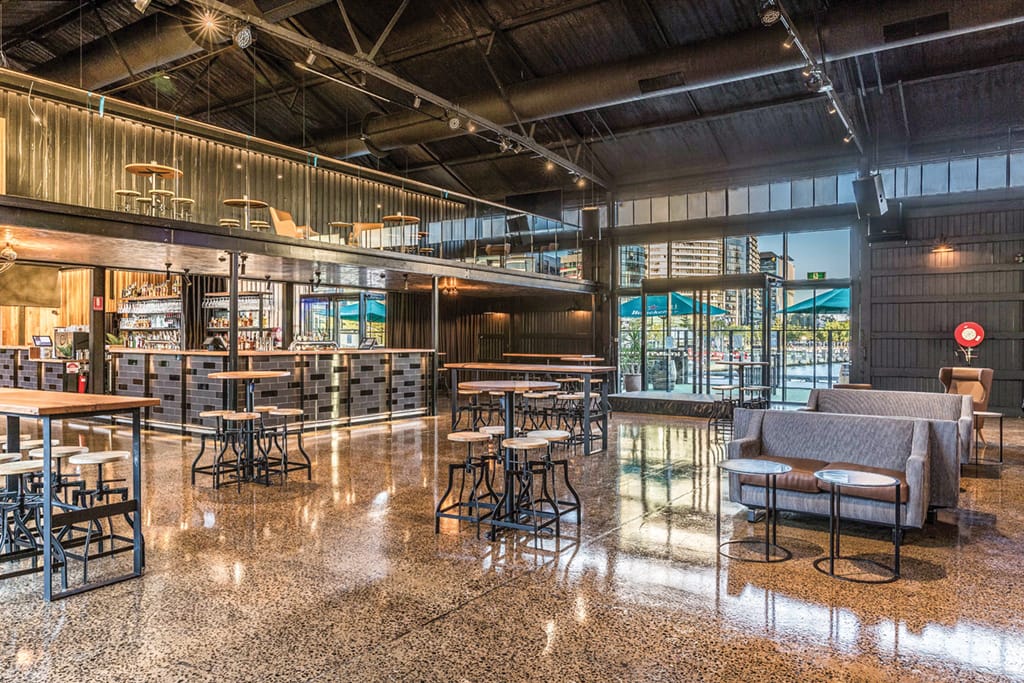
Click Goes The Gear Boys
The Woolshed rises from the ashes with an enviable events/hospitality AV backbone.
Text:/ Christopher Holder
It’s every venue owner’s worst nightmare. A fire. But, providing you have adequate insurance… there’s a silver lining: you can build again, and this time, really get it right.
The Atlantic Group’s Woolshed venue in Melbourne’s Docklands had just such a great misfortune; and made the most of the silver lining with an newly refit restaurant, bar and events venue.
The Atlantic Group runs restaurants and bars, but they almost all have an events twist. I don’t need to tell you that events are becoming increasingly reliant on technology. And specialised events venues (like conference and exhibition centres) find it a little easier to stay abreast of developments by wheeling AV in and out. Meanwhile, the Woolshed needed AV infrastructure that would allow it to provide up to date presentation technologies, but also allow it to be multifunctional and flexible.
And here’s the commercial rub: if the Woolshed could leverage technology to stage multiple events, simultaneously, in its venue then it’s easy to see how the tech could soon pay for itself.
Since the rebuild, Woolshed can accommodate six entirely independent parties in its venue. Each with its own AV.
Alternatively, the Woolshed can be booked out for one super event with video and audio piped throughout.
Or anything in between.
A LA NODE
Node Audio Visual Systems took care of the AV design and install. It’s Tom Connolly’s company and he’s more recently taken on the experienced Anthony Sottosanti as his chief lieutenant. It’s a small outfit with many years of collective expertise.
Node was able to lead Woolshed management through the process. The result is a deceptively sophisticated hospitality/events system that’s transformed the way a venue does business.
The transformation is clear to the venue’s GM, Duncan Laidlaw, who made this observation:
“I started here in August 2008 for a January 2010 opening. So we launched with 2008 tech. By way of perspective, in 2008 I had a Blackberry with a little trackball on it — it was the best phone on the market. Well now we’ve got the iPhone 7 and whatever else is coming out — that’s how far the technology has come and that’s how fast it’s moving.”
ACHIEVING VENUE FLEXIBILITY
There are a handful of technologies that provide the backbone of the flexible solution, and they’re familiar.
A Crestron DM 16×16 matrix for video routing: there are 10 Philips large-format commercial displays dotted about the venue, one TCL big screen that survived the fire, while there are video input plates, Foxtel and Nightlife music video inputs.
A QSC Core DSP provides the ‘anything to anywhere’ capability via the QSC CXD network multichannel amplifiers.
A Crestron control solution on iPads: Keynote out of Melbourne took care of the programming and the UI is excellent. Venue staff get an elegant whole-of-venue snapshot of what AV is active where.
Crestron AirMedia: It’s the Rolls Royce of wireless screen sharing but takes the heartache out of saying ‘no’ to guests with random devices that won’t plug into a display. AirMedia is easy to use and another reason why Woolshed doesn’t need to call on AV staff.
QUALITY THROUGHOUT
With the technological backbone in place, the Woolshed didn’t skimp on the audio. At its core is a Core, a QSC Core 500i DSP, and QSC CXD network amps. QSC loudspeakers are everywhere. E Series passive two-ways are in the performance spaces, and multiple low-profile AD series surfacemount speakers for background duties.
The main Fireside room can be configured to put the band on the west or south side of the room. As a result there are three E15 loudspeakers flown from the ceiling. When the room is reset via the iPad control, the L-shaped loudspeaker configuration sparks up the correct pair of E15s. A single E18 sub rounds out the lows.
An Allen & Heath Qu rack mixer makes life easy for visiting duos and bands on the weekend. Mix control is, again, via iPad. Regulars have taken to saving their settings as a preset, which saves messing about the next time.
Often the QSC loudspeakers are all individually addressed by an amp channel, with some of the smaller surface mount speakers in the restaurant and on the balcony using a 100V line transformer.
Strategically-placed input wallplates allow DJs to plug straight in or allow the outputs of a mixing console to be plumbed in for larger visiting bands with their own FOH engineer and gear. There are four Shure SLX wireless microphone systems that can be used anywhere in the venue — again, it’s as simple as pressing the right button on the iPad controller.
Node Audio Visual Systems: [email protected]
TAG (QSC, Allen & Heath): (02) 9519 0900 or [email protected]
Westan (Philips Displays): 1300 963 963 or westan.com.au
Nightlife Music Video: www.nightlife.com.au
Crestron: www.crestron.com
KeyNote Controls: [email protected]
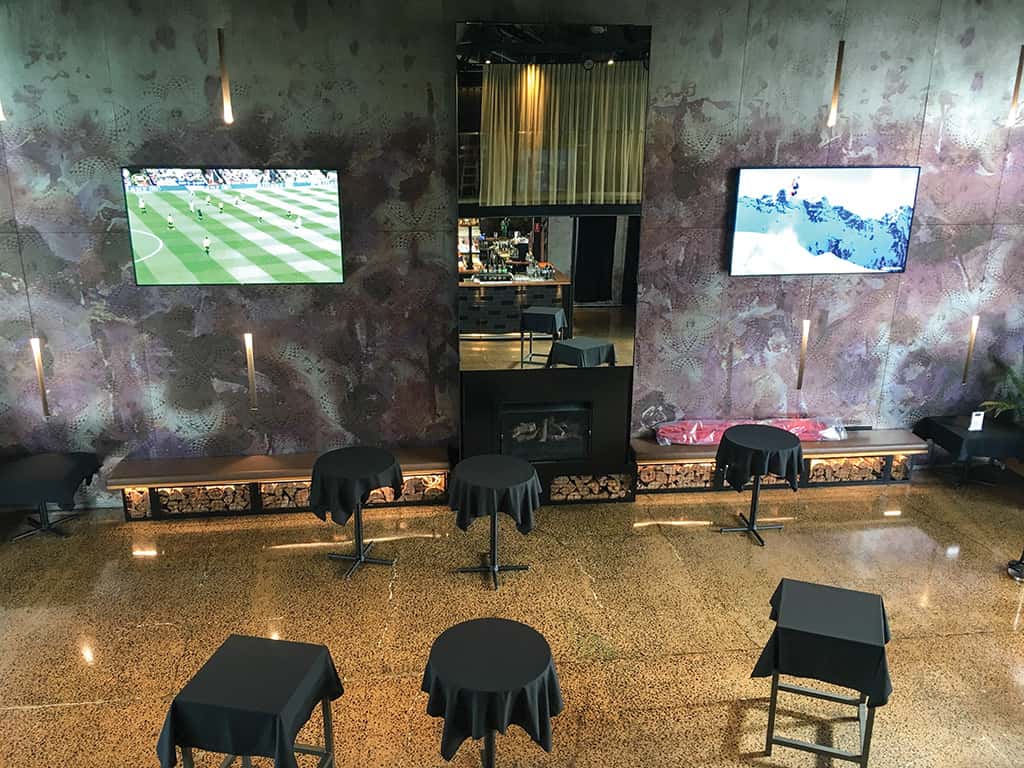
BIG SCREENS
The rebuild has allowed the Woolshed to buy into one of the largest LCD panels on the market. Duncan Laidlaw and the Atlantic Group management selected three Philips 98-inch commercial displays. They’re certainly an impressively large screen, but in the context of the Fireside room with its soaring ceiling height, the screen real estate is a must.
The Woolshed has two Nightlife music video systems, three channels of Foxtel, and inputs that allow video to be shunted to the screens.
PAYOFF
The Woolshed is an open and shut case of high quality AV paying for itself, or at the very least, being a commercial imperative.
It’s also a great example of a ‘boutique’ AV integrator having the patience and the know-how to meet the individual needs of a niche industry.
Certainly, it’s a pleasure to see a well-integrated system in action, sounding and looking great.
The last word should go to Woolshed GM Duncan Laidlaw: “The freedom to set the venue up without moving stuff around is amazing. For example, we’ll have a conference that will use the main space and another, they can have the same screen content running throughout, without having to plug into multiple places. Previously we would need to hire AV staff to meet those kinds of demands and it got costly. Now it’s just so easy and less costly to run.”




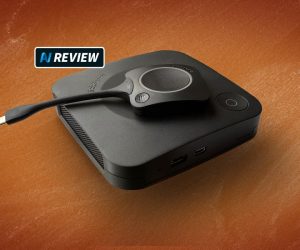


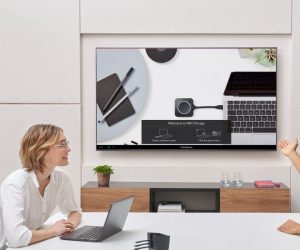


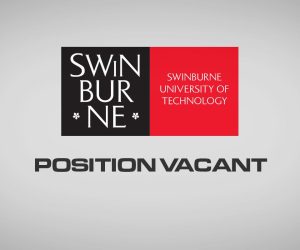

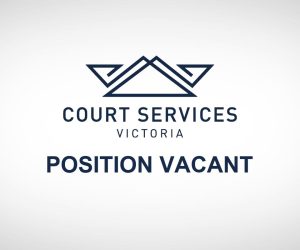


RESPONSES